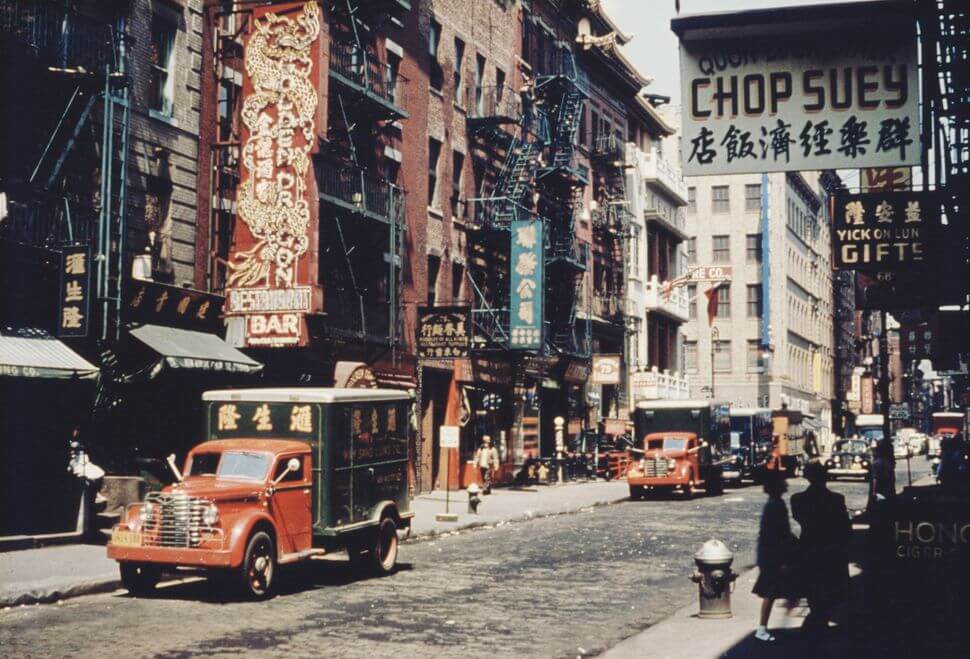Why Does No One Care About Anti-Semitic Attacks Against Hasidim?

Graphic by Angelie Zaslavsky
The last few weeks have been a dangerous time to be a Jew in New York. Well, that’s not exactly right. They’ve been a dangerous time to be a Hasidic Jew in Crown Heights. On April 14, 21 and 30th and on May 1st of 2018, Hasidic Jews in Crown Heights were attacked and beaten.
It’s not just this month, though. On a September morning last year in Crown Heights, a Jewish woman received a dollar bill in change for her cup of coffee, upon which was scrawled in black marker, “Dirty Jews use your yamika [sic] to pick up dogshit.” On the eve of Rosh Hashanah that same year, someone defaced a park bench in the heart of the neighborhood with anti-Semitic graffiti, asking “the ‘Jews,” “How many was [sic] raped killed, and sacrificed to have this street all yours? Sorry neighborhoods?”
And yet, one rarely hears about these episodes. Instead, these kinds of attacks are conveniently dismissed as “seasonal fluctuations in street crime,” chalked up them up to business as usual on the streets of Brooklyn.
Why does anti-Semitism get a pass when it’s perpetrated against identifiable Jews? Why is there no outcry when Hasidic Jews are attacked for being Jews?
Only a pernicious anti-Hasidic bias seems to explain why hate crimes of this nature are so blithely ignored.
The media holds a deeply patronizing view of the residents of Crown Heights, as if Hasidic Jews and African Americans are in constant combat, rather than one community. An article can scarcely be written about Crown Heights without referring to “Jews and Blacks clashing” — despite the fact that the notion of Warriors-style urban combat has long since been proven false.
We Hasidim are portrayed as “insular.” We’re portrayed as “ultra” and extreme. We’re thought to all be diamond merchants and landlords. We’re painted as the ignorant, undeserving poor. We are all described as all things except for the one thing we are the most: human beings trying to make it in this town like everyone else.
Of course, there is one group that sees Hasidic and secular Jews as one and the same: anti-Semites. As A.M. Rosenthal reflected on the legacy of Crown Heights in 1993, “I do not understand why some Jews do not understand what is in the hearts of the Hasidim, or are silent… Are the Hasidim a little too Jewish for them? Maybe they think only a certain kind of Jew gets beaten up. Sweethearts, by you, you are Park Avenue, by your wife you are Park Avenue, but by an anti-Semite you are a Hasid.”
It’s been heartening to see members of the Women’s March and other progressive groups finally take note of what appears to be anti-Semitism from the left. Yet the media, and more gallingly, the greater Jewish community, remain largely silent to the trend, ready to sweep it under the rug.
In his recent book “(((Semitism)))” Jonathan Weisman clearly touches on this desire to victim blame Hasidic Jews. In order to differentiate himself from the “Orthodox Jew in wide-brimmed hat and Hasidic garb,” he notes that he shops at “Banana Republic or J. Crew or, if feeling pinched, at Marshalls like everyone else,” and worries about his weight, trying to make time for the gym — as if the hallmark of being Hasidic is to wear ill-fitting off-brands clothes and a life of obesity.
Weisman’s book was widely condemned on both the right and the left for how it portrayed the Jewish establishment and Israel. But I saw not a single comment on his constant stream of asides about “fecund” and “ardently-tribalist” Orthodox Jews living in “un-ritzy” parts of Brooklyn.
But why should I expect an outcry about any of this? To stick your neck out for Hasidic Jews requires that you admit that you’re on some level very much the same. It is easier to classify Hasidim as “the other” and excuse the anti-Semitism than it is to say that maybe Mottel in Crown Heights or Moishe in Borough Park with their big black hats, love of kishke and passion for songs that go “oy” might have something in common with you.
Perhaps there is something fortuitous in the timing of these events. We stand during the days of Sefirat Haomer, when Jews around the world count up from the Exodus of Egypt on Passover to the giving of the Torah at Sinai on Shavuot. It is a time of Jewish unity. From the enjoinder to remember the students of Rabbi Akiva who did not properly respect each other, to the inner spiritual unity we focus on in the nightly counting of Omer. All of this climaxing with the giving of the Torah, when the Jewish people — man, woman and child — stood as one person with one heart. At that time, goodness and Godliness permeated all of reality. May we see it expressed again now.
Mordechai Lightstone is a rabbi, a director of digital communications, and the creator of exceptional experiences for Jews in tech and digital media. Follow him on Twitter @Mottel.














